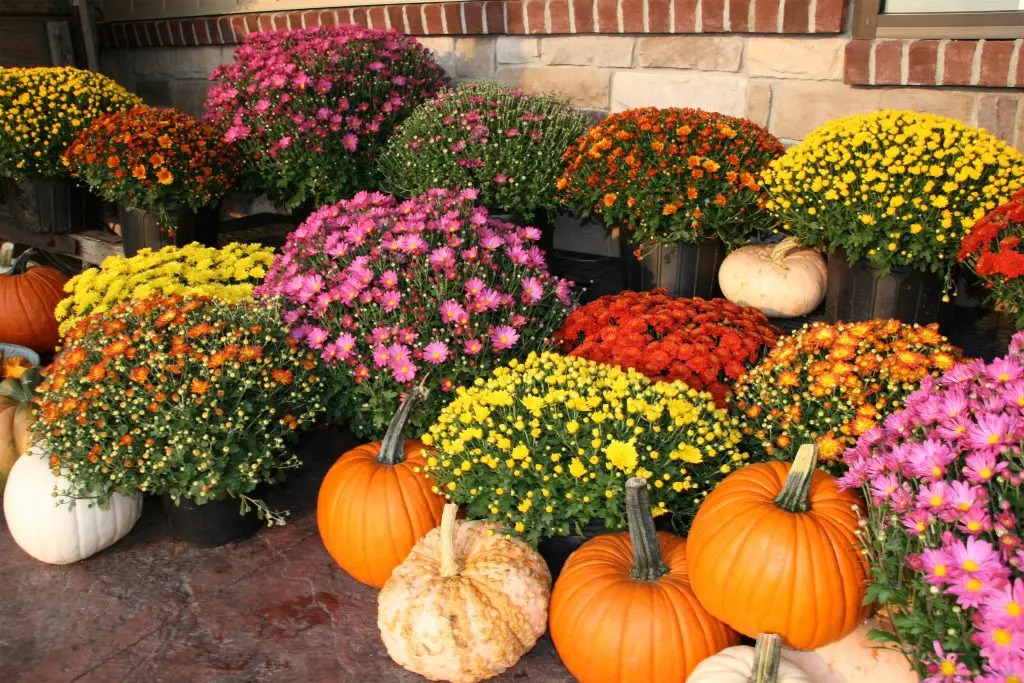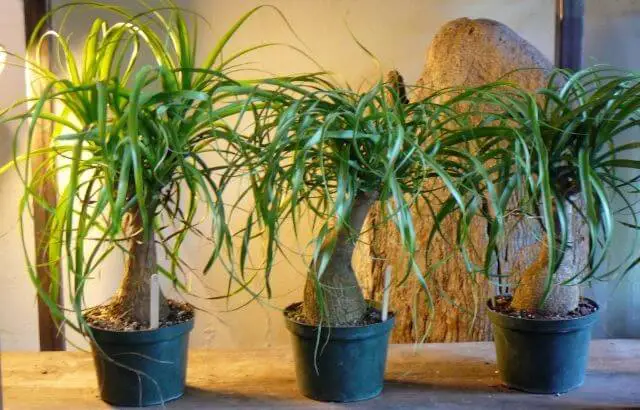Mums, chrysanthemums, are beautiful flowering plants that add a splash of color to any garden or landscape. These hardy perennials are known for their vibrant blooms and long-lasting flowers, making them a popular choice for gardeners worldwide. However, one question often arises: how cold can mums tolerate?
Mums are native to Asia and are accustomed to a wide range of climates, from temperate to subarctic. They have a reputation for being cold-tolerant plants. Still, their ability to withstand freezing temperatures depends on various factors, including the specific variety, the region they are grown in, and the care they receive. Understanding these factors is crucial for ensuring the health and longevity of your mum plants.
Understanding the Hardiness Zones for Mums
To determine how cold mums can tolerate, it is essential to understand the concept of hardiness zones. Hardness zones are geographic areas categorized based on average annual minimum temperatures. The United States Department of Agriculture (USDA) has developed a hardiness zone map that divides the country into 13 zones, ranging from zone 1 (coldest) to zone 13 (warmest).
Different mum varieties have different hardiness zone ratings. For example, some varieties can thrive in zones 3 to 9, while others are more suited to zones 7 to 9. It is crucial to check the hardiness zone rating of the mum variety you are considering planting to ensure it can withstand the lowest temperatures in your region. Planting mums unsuited to your hardiness zone can result in poor growth, damage, or even plant death.
Factors Affecting Mums’ Cold Tolerance
While hardiness zones provide a general guideline for selecting cold-tolerant mums, other factors can affect their ability to withstand cold temperatures. These factors include:
- Plant maturity: Young mums are generally more susceptible to cold damage than mature plants. It is advisable to plant mums in the spring or early summer to give them enough time to establish their root system before winter.
- Winter preparation: Proper preparation for winter is crucial in enhancing mums’ cold tolerance. This includes mulching around the base of the plants to protect the roots from freezing temperatures and strong winds. Applying a layer of straw or shredded leaves can provide insulation and help retain moisture in the soil.
- Exposure to sunlight: Mums thrive in full sun, but exposure to sunlight can affect their cold tolerance. In regions with harsh winters, planting mums in areas that receive ample sunlight during the day is advisable. This will help the plants store energy and strengthen their resistance to cold temperatures.
Considering these factors, you can optimize your mum’s cold tolerance and ensure their survival during winter.
Choosing Cold-Tolerant Mum Varieties
When selecting mum varieties for your garden, choosing those known for their cold tolerance is essential. Some popular cold-tolerant mum varieties include:
- Autumn Joy: This variety is known for its late-season blooming and ability to withstand frost. It produces large, dome-shaped flower heads in shades of pink and copper.
- Sheffield Pink: This mum variety is a favorite among gardeners with its vibrant pink flowers. It is highly cold-tolerant and can withstand temperatures as low as -30 degrees Fahrenheit.
Clara Curtis: This mum variety is prized for its delicate, daisy-like flowers in shades of pink and white. It is known for its exceptional cold tolerance and can survive in zones as low as 3.
When choosing mum varieties, check their specific hardiness zone ratings and select those suitable for your region. This will ensure that your mums can tolerate the cold temperatures in your area and thrive throughout the year.
Winter Care for Mums in Colder Regions
In colder regions, where winters can be harsh, and temperatures plummet below freezing, providing proper winter care for mums is crucial. Here are some tips to help your mums survive and thrive during the winter months:
- Mulching: Apply a thick layer of mulch around the base of the plants to insulate the roots and protect them from freezing temperatures. Straw, shredded leaves, or pine needles are excellent choices for mulching.
- Watering: Water your mums thoroughly before the first hard frost to ensure they are well-hydrated. This will help them withstand the drying effects of winter winds and maintain their vigor.
- Pruning: In late fall or early winter, trim back the stems of your mums to about 3-4 inches above the ground. This will help prevent snow and ice from weighing down the plants and causing damage.
- Protective coverings: Consider covering your mums with burlap or a frost blanket in extreme cold conditions. This will provide additional protection against freezing temperatures and harsh winds.
Following these winter care practices can help your mums survive the cold and emerge stronger and more vibrant in the spring.
My Opinion
Mums are stunning flowering plants that can brighten up any garden or landscape. You can enjoy their beauty year-round by understanding their cold tolerance and providing the necessary care. Remember to choose cold-tolerant mum varieties suited to your hardiness zone, consider the factors that affect their cold tolerance, and provide proper winter care in colder regions. With these guidelines in mind, you can cultivate healthy and resilient mums that will reward you with their vibrant blooms for years.




